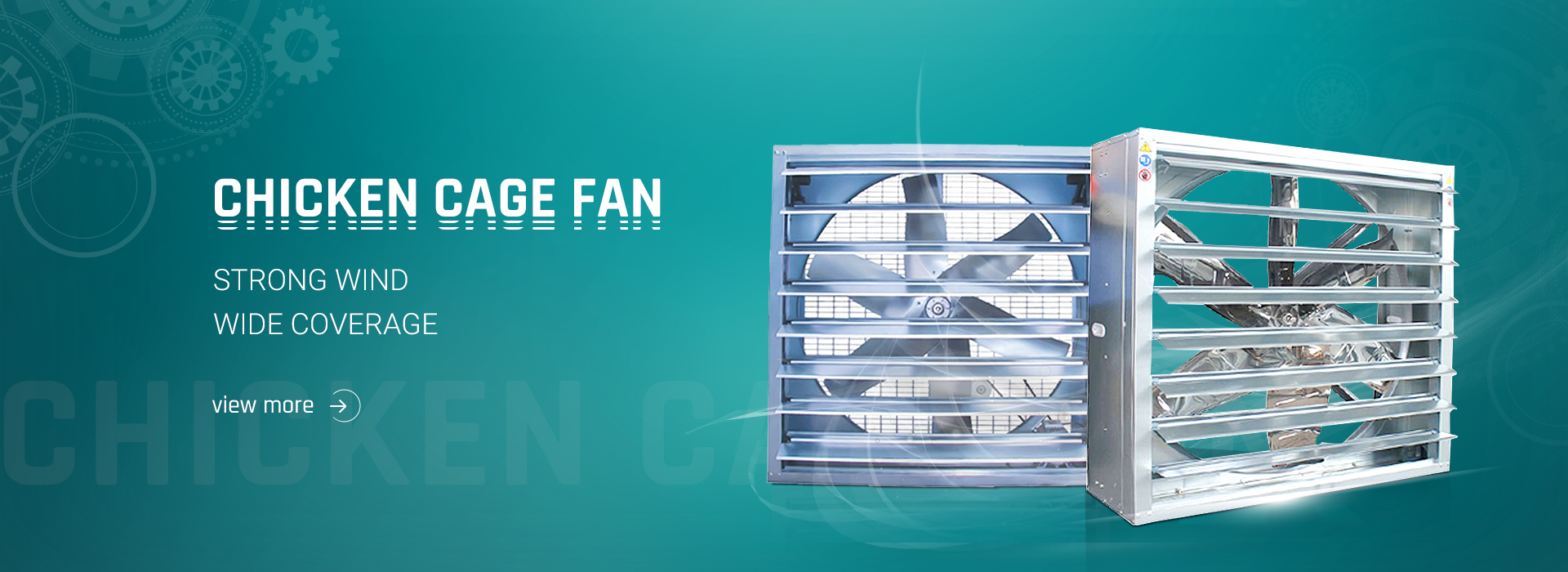1.Choose the location of the incubator. To keep your incubator at a constant temperature, place it in a place where temperature fluctuations are as small as possible. Do not place it near windows exposed to direct sunlight. The sun can heat up the incubator and kill the developing embryo.
Connect to the power source to ensure that the plug will not accidentally fall off.
Keep children, cats and dogs away from the incubator.
Generally speaking, it is best to incubate in a place where you will not be knocked down or stepped on, where there needs to be small temperature fluctuations and no direct sunlight.
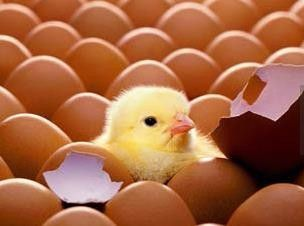
2. Proficiency in operating the incubator. Please read the instructions of the incubator carefully before starting to hatch the eggs. Make sure you know how to operate the fan, lighting and other function keys.
Use a thermometer to check the incubation. It should be checked frequently 24 hours before incubation to ensure that the temperature is moderate
3. Adjust the parameters. In order to successfully incubate, the parameters of the incubator must be checked. From preparing to hatch to receiving the eggs, you should adjust the parameters in the incubator to the optimal level.
Temperature: The egg incubation temperature is between 37.2-38.9°C (37.5°C is ideal). Avoid temperatures below 36.1℃ or above 39.4℃. If the temperature exceeds the upper and lower limits for several days, the hatching rate may be severely reduced.
Humidity: The relative humidity in the incubator should be maintained at 50% to 65% (60% is ideal). Moisture is provided by a water pot under the egg tray. You can use a
spherical hygrometer or hygrometer to measure humidity.
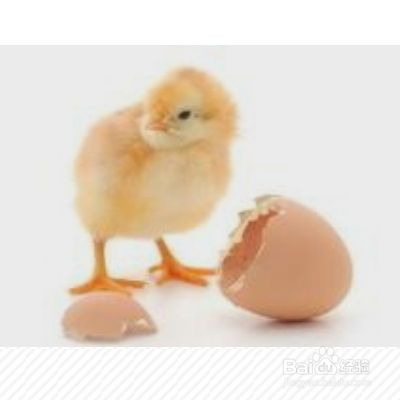
4. Put the eggs. If the internal conditions of the incubator have been set and monitored for at least 24 hours to ensure stability, you can put the eggs. Put at least 6 eggs at a time. If you only try to hatch two or three eggs, especially if they have been shipped, the result may be tragic, and you may get nothing.
Heat the eggs to room temperature. Heating the eggs will reduce the temperature fluctuations in the incubator after you add the eggs.
Carefully place the eggs in the incubator. Make sure the eggs are lying on the sides. The larger end of each egg should be slightly higher than the tip. Because if the culet is high, the embryo may be misaligned and it may be difficult to break the shell when the hatching time is up.
5. Lower the temperature after adding the eggs. After the eggs enter the incubator, the temperature will temporarily decrease. If you have not calibrated the incubator, you should readjust the parameters.
Do not use warming to compensate for temperature fluctuations, as this will damage or kill the embryo.
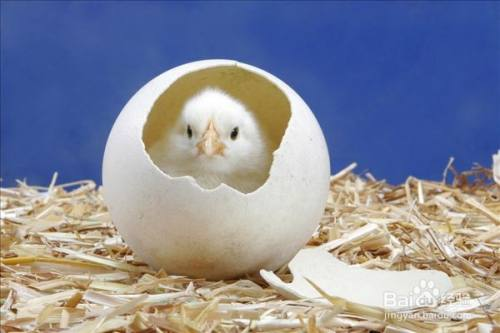
6.Record the date in order to estimate the egg hatch date. It takes 21 days to incubate eggs at the optimal temperature. Older eggs and eggs placed at low temperatures may delay hatching! If your eggs have not hatched after 21 days, give them some more time just in case!
7.Turn the eggs every day. Eggs should be turned regularly at least three times a day, and five times is of course better. Some people like to lightly draw an X on one side of the egg so that it is easy to know which eggs have been turned over. Otherwise it is easy to forget which ones have been turned over.
When turning the eggs manually, you must wash your hands to avoid sticking bacteria and grease on the eggs.
Keep turning the eggs until the 18th day, then stop to let the chicks find the right angle to hatch.
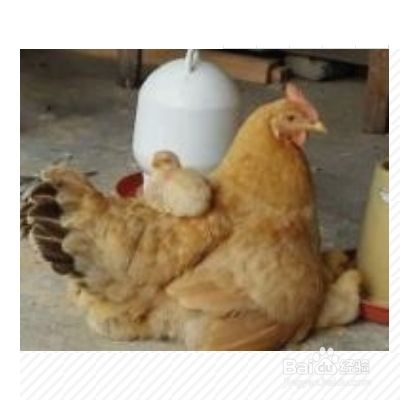
8、Adjust the humidity level in the incubator. The humidity should be maintained at 50% to 60% throughout the incubation process. In the last 3 days, it should be increased to 65%. The level of humidity depends on the type of egg. You can consult the hatchery or consult related literature.
Regularly replenish the water in the water pan, otherwise the humidity will drop too low. Be sure to add warm water.
If you want to increase the humidity, you can add a sponge to the water tray.
Use a bulb hygrometer to measure the humidity in the incubator. Record the reading and record the temperature of the incubator. Find a humidity conversion table on the Internet or in a book and calculate the relative humidity based on the relationship between humidity and temperature.
9、Ensure ventilation. There are openings on both sides and top of the incubator for air flow inspection. Make sure that at least some of these openings are open. When the chicks begin to hatch, increase the amount of ventilation.
10.、After 7-10 days, light-check the eggs. Candling an egg is to use a light source to see how much space the embryo in the egg occupies. After 7-10 days, you should see the development of the embryo. Candling can easily find those eggs that are underdeveloped.
Find a tin box that can hold a light bulb.
Dig a hole in the tin box.
Turn on the light bulb.
Take a hatching egg and observe the light shining through the hole. If the egg is transparent, it means that the embryo has not developed and the egg cannot be reproduced. If the embryo is developing, you should be able to see a dim object. Gradually approaching the hatch date, the embryo will grow larger.
Remove the eggs that have not developed embryos in the incubator.
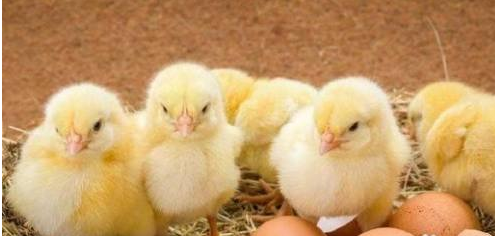
11. Prepare for incubation. Stop turning and rotating the eggs 3 days before the expected hatch date. Most well-developed eggs will hatch within 24 hours.
Put gauze under the egg tray before hatching. The gauze can collect eggshells and materials produced during incubation.
Add more water and sponge to increase the humidity in the incubator.
Close the incubator until the end of the incubation.
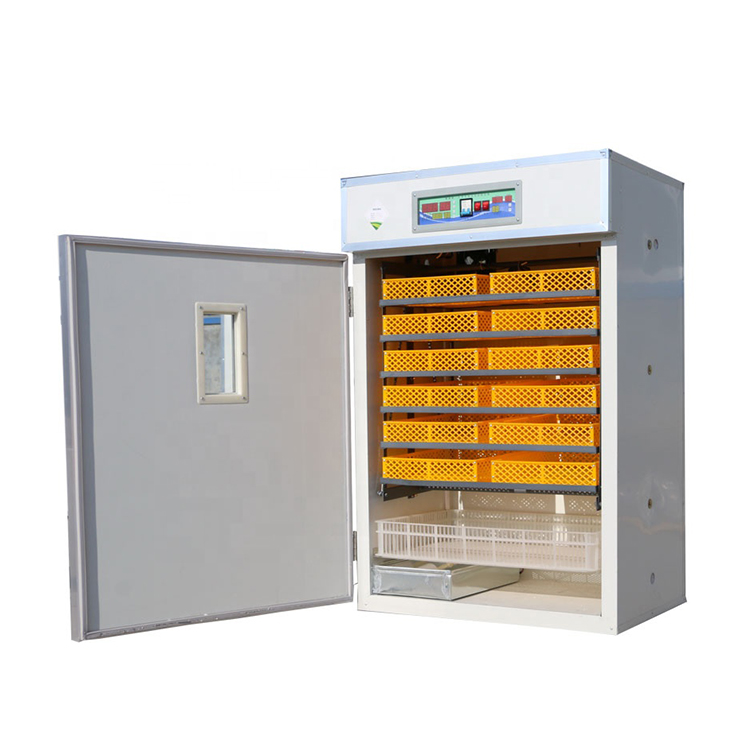
Post time: Oct-20-2021



